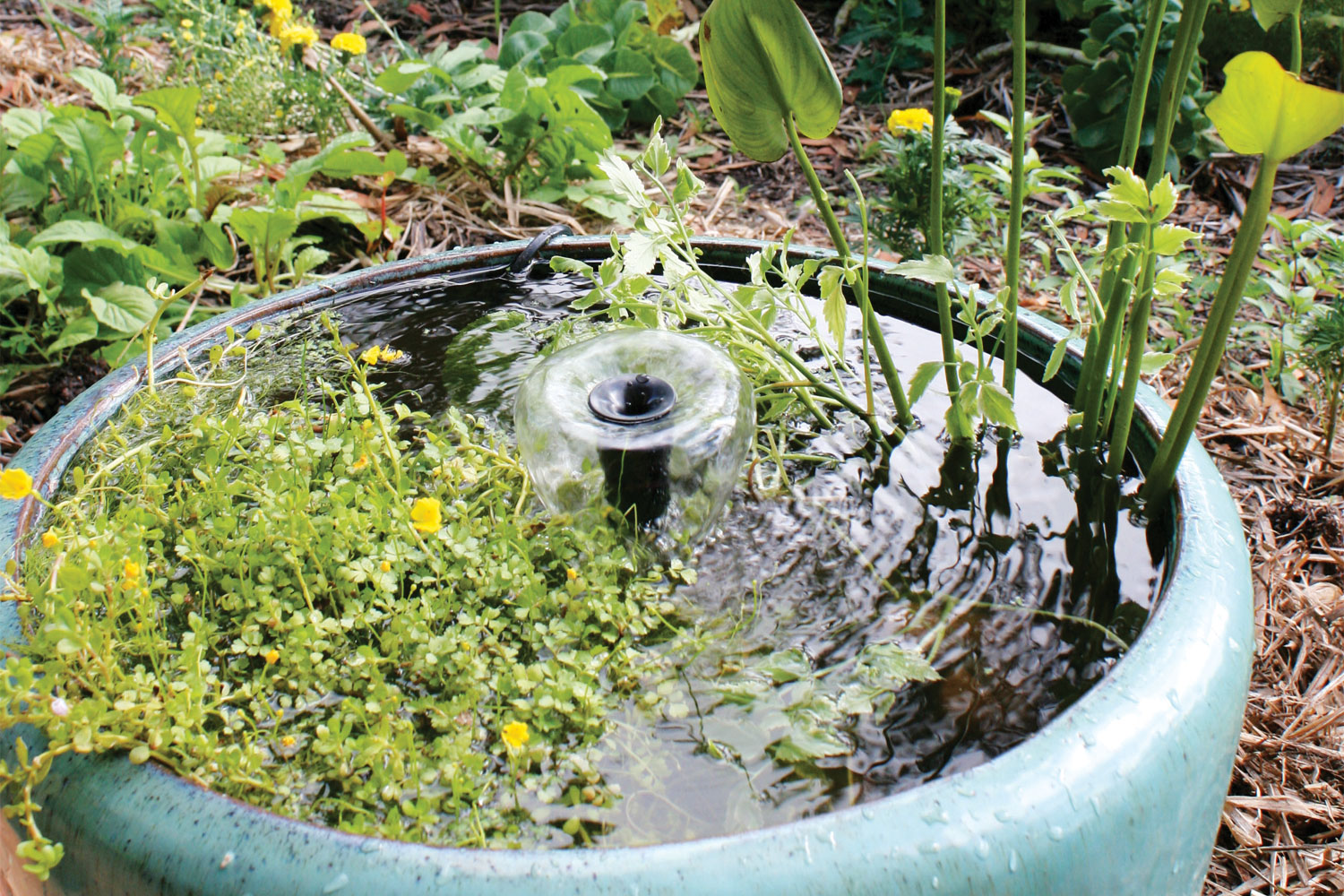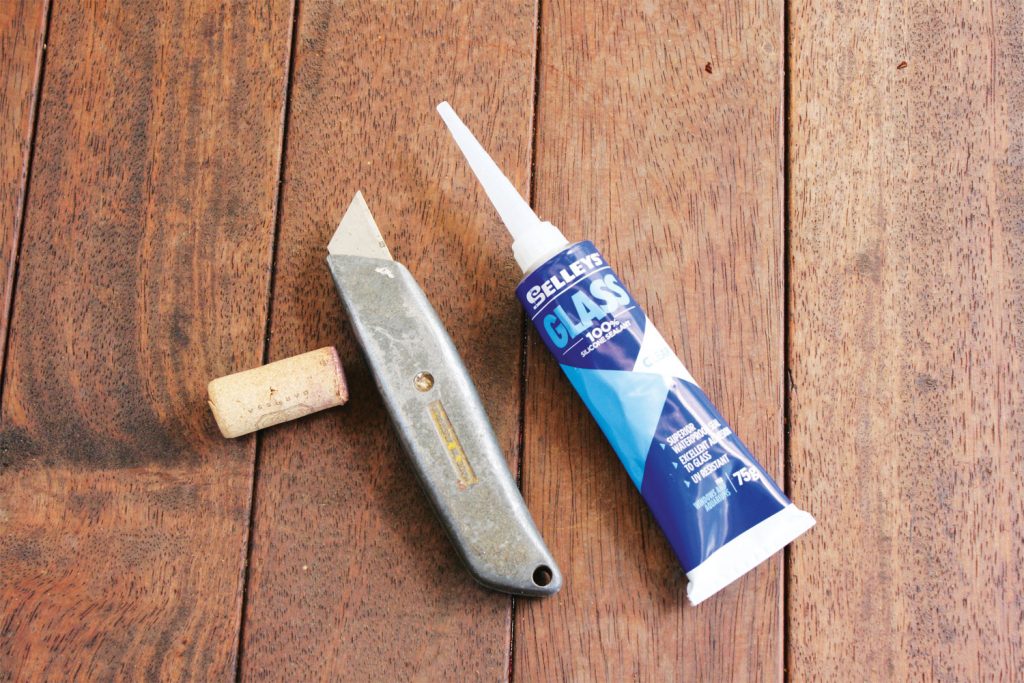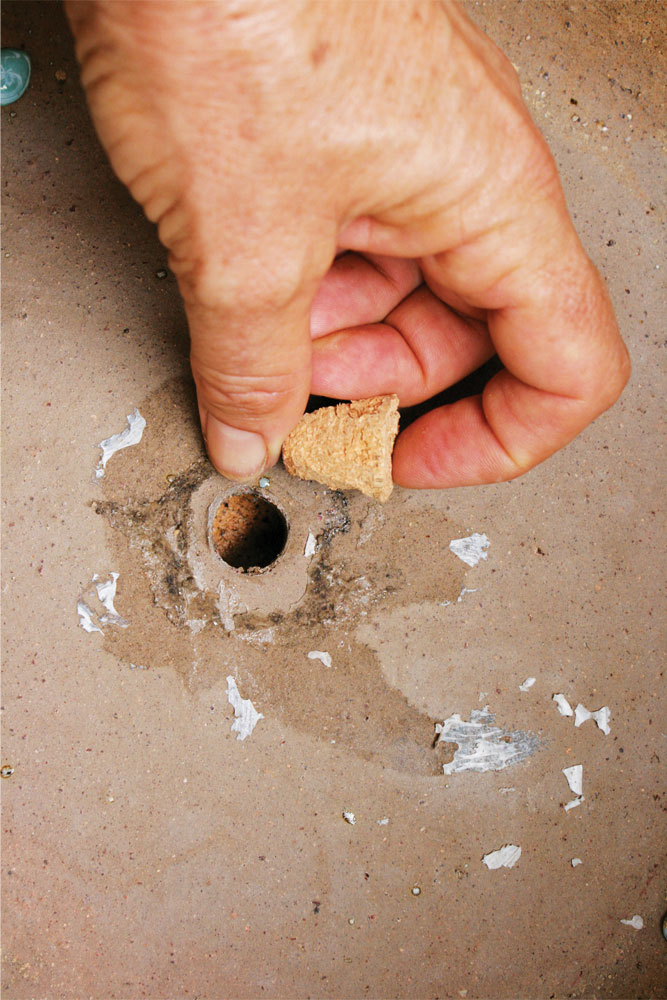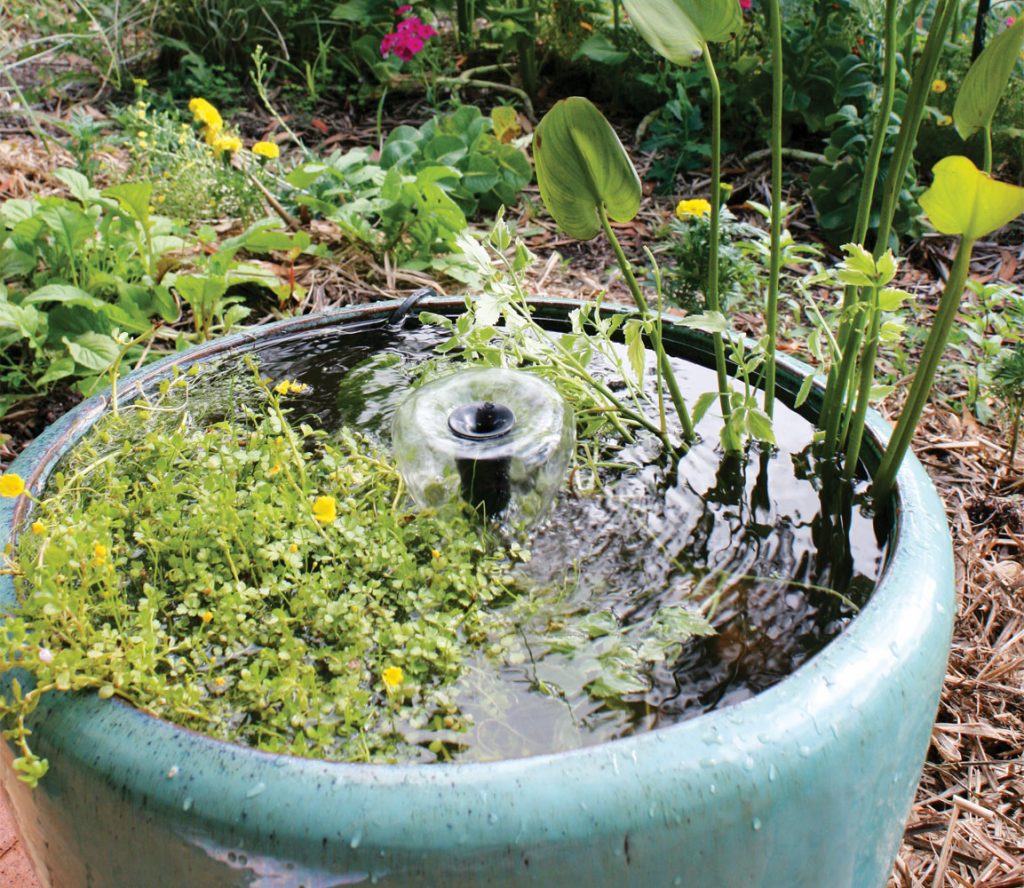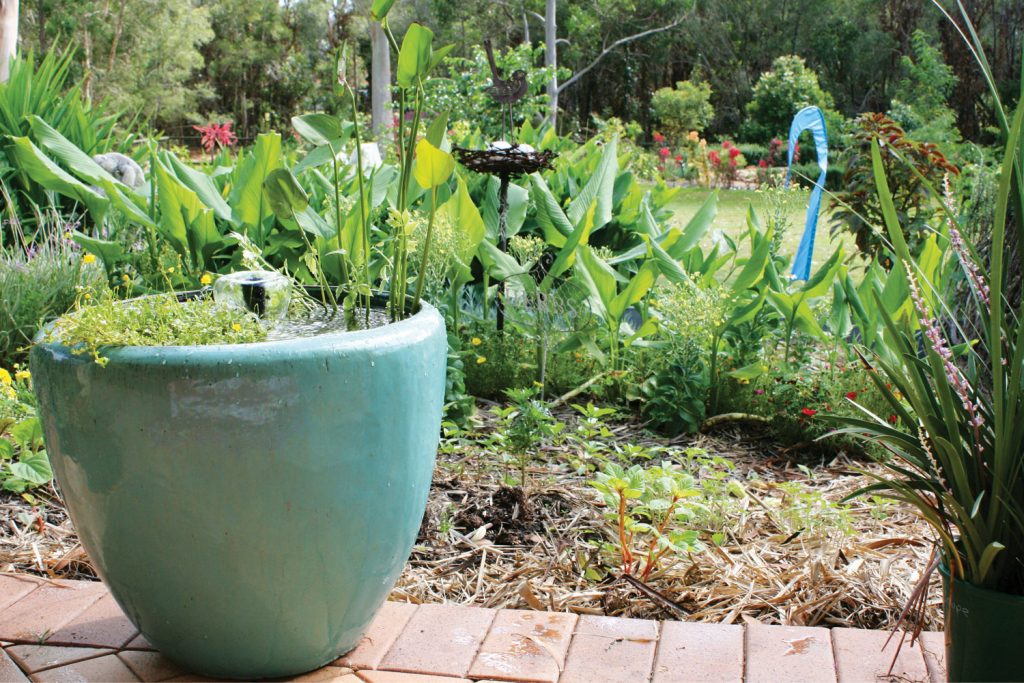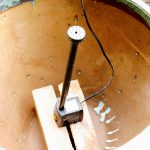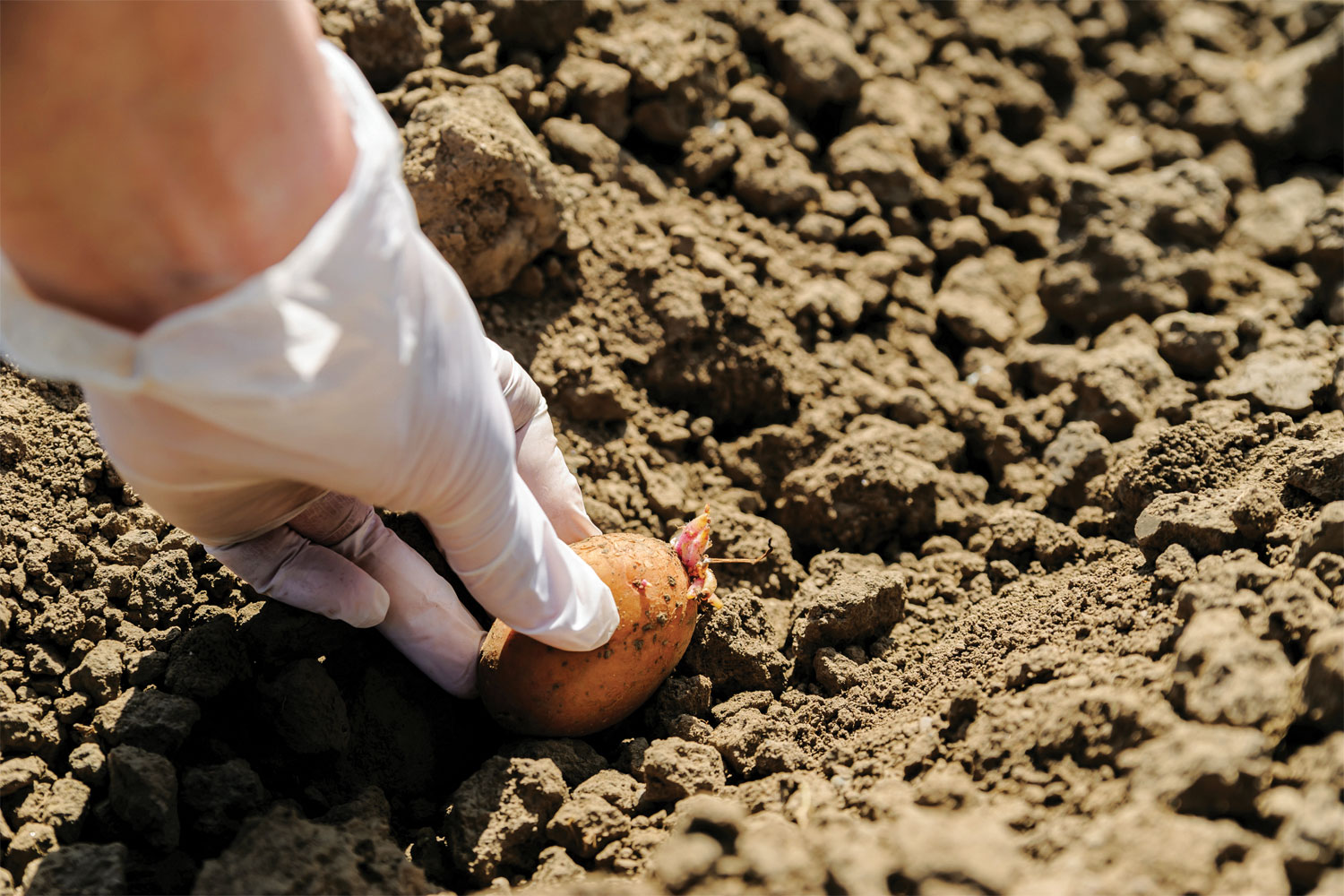A pond is a gorgeous addition to any garden. This simple but beautiful pond in a pot is a quick one-hour project
A pond can be an attractive addition to any outdoor space. The trickle of a tiny fountain is peaceful and calming, so why not add a small water feature, complete with plants, to your garden or balcony?
An extra bonus of a water feature is the regular visits you’ll experience from wildlife; dragonflies, damselflies and birds may pop in for a drink. If you have a pond near a tree or surrounded by garden, you may also find you’ve made a new home for native frogs. If you’re concerned about cane toads, keep in mind that ponds over 40cm tall are too high for cane toads to hop into.
In dry weather it’s important to provide water for bees. Your pond could help hydrate these amazing garden pollinators. Bees dip their tongues into shallow water to drink, but they need a spot to land and drink safely. Adding a floating plant to your pond will provide them with the landing platform they need. The droplets of water that form on leaves from a bubbling fountain are perfect for bees to access.
A small submersible can be purchased very economically from hardware stores, aquariums and nurseries. If you don’t have access to power, choose a solar-powered pump. They are more expensive but will give you greater options for positioning.
Be aware that a pond in full sun will require plants that tolerate the same conditions. The water can get quite hot in the pot and, as it heats up, it loses oxygen. This can cause fish to die if you have included little fish to eat mosquito larvae. Position your pond in a spot where it receives some protection from the hot western sun if possible. The addition of oxygenating plants will help to oxygenate the water.
Simple steps to create your pond:
1. Begin by selecting the pot you’d like to make into a pond. A glazed pot will hold water well, whereas a terracotta or unglazed pond will lose a lot of water through the walls. Clean your pot to remove any dirt and dust. Allow it to dry completely.
2. Gather the materials you need for the job. A fish-friendly silicone is essential if you are going to have some mosquito-eating fish in the pond.
3. A small submersible pump is all you will need for the pond. It will come with a range of fountain heads.
4. Trim the cork to fit the pot hole.
5. Apply silicone around the cork and push it firmly into the hole.
6. Add more silicone around the edges and top of the cork. Turn the pot over and silicone around the cork on the underside of the pot. Allow the silicone to cure and dry.
7. Place a couple of bricks in the base of the pot to support the pump and plants. Install the pump. It must be submerged in the water when running. Fit arm extenders to the pump so the fountain head of choice rises out of the water.
8. Fill the pot with water, almost to the rim.
9. Turn on the pump and adjust the water flow.
10. Sit your plants in the pond, allowing room for them to spread.
11. Turn on the fountain and bubble the water for 24 hours to remove any chlorine before adding any fish.
12. Sit back and relax with your new pond and watch the beautiful display and wildlife that will be drawn to your new feature.
Plants for your pond
You can purchase specialist pond plants from nurseries and aquariums, but some regular garden plants are most suited to life in a pond, too. In this list you’ll also find edible herbs, so you can have a pond that not only looks good, but will feed you as well. Choose one submerged and oxygenating plant, one floating plant and an emergent plant for your pond. Here are some suggestions:
Submerged/oxygenating plants:
Bacopa monnieri: An edible herb with a tiny leaf and white flowers.
Vallisneria spiralis: Ribbon grass. A native plant that will grow to 90cm.
Crassula helmsii: Stonecrop. A manageable size in pot ponds.
Floating plants:
Marsilea species: Nardoo is a native water plant resembling four-leaf clover.
Nymphoides crenata: Water fringe lily. Pretty fringed yellow flowers.
Aethionema cordifolium: Lebanese cress with an edible leaf.
Emergent plants:
Pontederia: Pickerel rush.
Iris Louisiana: Louisiana iris. Many beautiful colours in these blooming beauties.
Liriope spicata: Attractive spikes of lavender flowers.
Iresine diffusa: Iresine showy pink foliage, well suited to part or full shade.
Written by Linda Brennan
Originally in Good Organic Gardening, Volume 8 Issue 2
